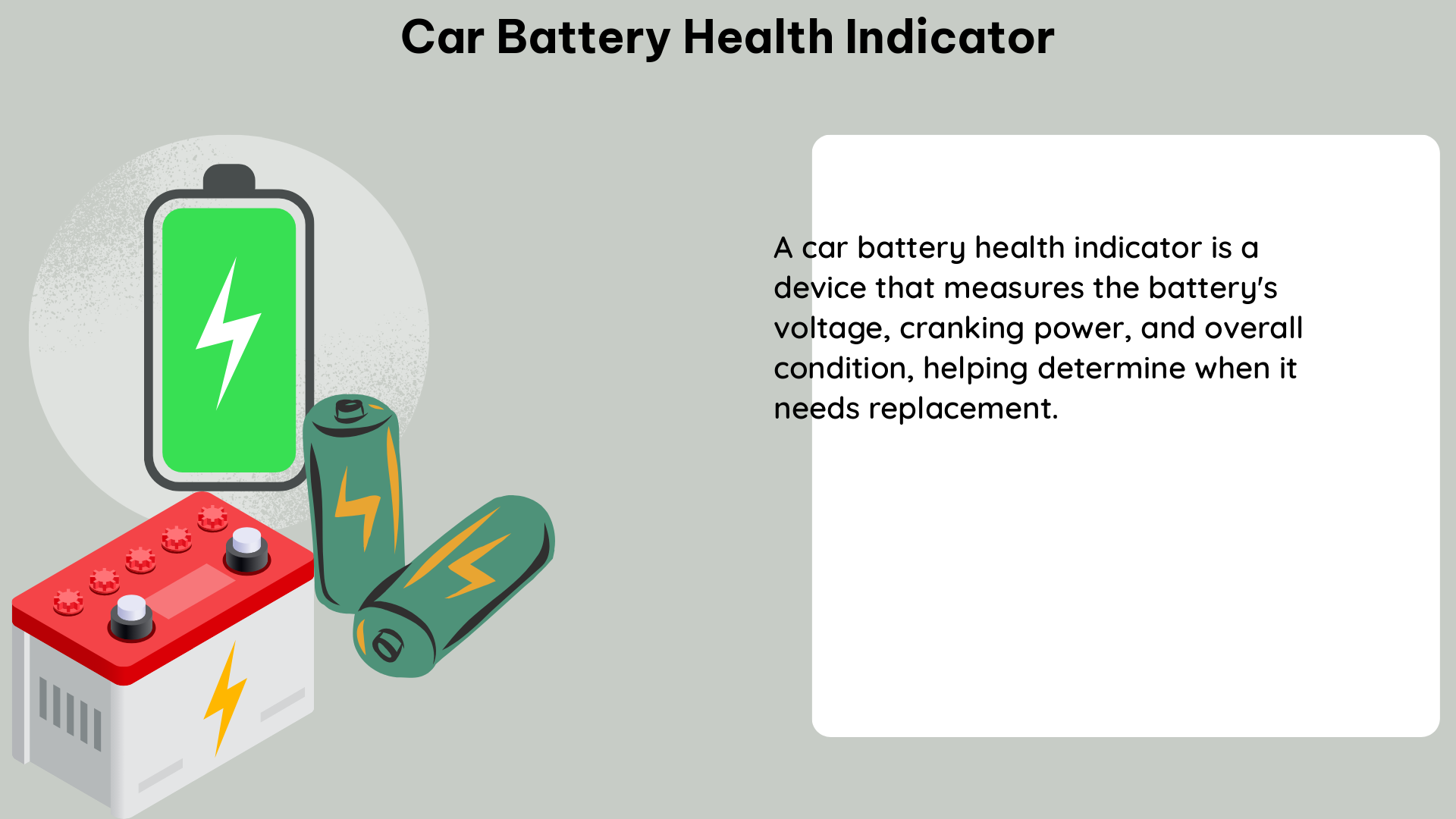Car batteries are the lifeblood of our vehicles, providing the necessary power to start the engine and support the electrical systems. Monitoring the health of a car battery is crucial to ensure optimal performance, prevent unexpected breakdowns, and extend the battery’s lifespan. In this comprehensive guide, we will delve into the intricacies of car battery health indicators, equipping you with the knowledge to assess and maintain the well-being of your vehicle’s power source.
Understanding Battery Capacity and Degradation
The capacity of a car battery, measured in kilowatt-hours (kWh), represents the amount of energy it can store and deliver. When a new battery is installed, its capacity is typically 100%. Over time, this capacity gradually decreases due to various factors, such as usage, storage conditions, and temperature. This reduction in capacity is known as the battery’s degradation rate, and it is a critical factor in determining the battery’s lifespan.
Measuring Capacity Fade
One of the most reliable methods to assess a car battery’s health is by measuring its capacity fade. This involves comparing the original battery capacity to the current capacity. The difference between these two values indicates the degree of capacity fade, or the loss in total available lithium that the battery can store. As lithium is the primary energy source for batteries, any loss in capacity effectively means less energy available for your vehicle.
To measure the battery capacity, advanced battery test instruments can be used. These instruments can perform various tests, including extrapolations from “energy in” and “energy out” of the battery pack. It’s important to note that the measured capacity can be influenced by factors such as temperature, charging/discharging rates, and the battery’s state of charge (SoC).
Analyzing Power Fade
In addition to capacity fade, another important indicator of battery health is power fade. Power fade refers to the increase in internal resistance within the battery, which can impede the free flow of energy. This phenomenon is often accompanied by capacity fade, but it can be more challenging to diagnose and typically requires laboratory and diagnostic testing.
Factors Affecting Battery Lifespan

Car batteries are subject to various factors that can impact their lifespan and overall health. Understanding these factors is crucial for maintaining and prolonging the life of your vehicle’s power source.
Usage Patterns
The way you use your car and its battery can significantly affect its lifespan. Frequent short trips, heavy electrical loads, and extreme temperatures can all contribute to accelerated battery degradation. On average, EV batteries are designed to last over 1,000 cycles, which is equivalent to approximately 3 years of daily charging and discharging.
Storage Conditions
The storage conditions of your car battery can also play a crucial role in its longevity. Extreme temperatures, both hot and cold, can have a detrimental effect on the battery’s health. Proper storage, such as in a cool, dry environment, can help mitigate these environmental stressors and extend the battery’s lifespan.
Battery Maintenance
Regular maintenance of your car battery is essential for preserving its health. This includes keeping the battery terminals clean, ensuring proper charging, and addressing any issues promptly. Neglecting battery maintenance can lead to premature degradation and potential failure.
Measuring Battery Health
Assessing the health of a car battery requires a comprehensive approach that considers various factors, including capacity, power fade, voltage, and internal resistance. While there is no single analytical device that can provide a complete assessment, advanced battery test instruments can offer valuable insights into the battery’s condition.
Voltage Measurement
Measuring the battery’s voltage can provide a general indication of its state of charge, but it does not offer a conclusive assessment of the battery’s overall health. Voltage measurements alone are not sufficient to determine the battery’s capacity or power fade.
Internal Resistance Testing
Checking the battery’s internal resistance can help identify potential issues, as an increase in resistance can indicate degradation. However, internal resistance testing alone does not provide a comprehensive understanding of the battery’s health and capacity.
Capacity Measurement
The most reliable method for assessing a car battery’s health is by measuring its capacity. This involves determining the battery’s ability to store and deliver energy, which is a direct reflection of its overall condition. Advanced battery test instruments can accurately measure the battery’s capacity, allowing for a more comprehensive evaluation of its health.
Conclusion
Monitoring the health of your car battery is essential for maintaining the performance and reliability of your vehicle. By understanding the factors that affect battery lifespan, utilizing advanced testing methods, and implementing proper maintenance practices, you can prolong the life of your car’s power source and avoid unexpected breakdowns.
Remember, a well-maintained and healthy car battery is the foundation for a smooth and reliable driving experience. Embrace the knowledge provided in this comprehensive guide and take control of your car’s battery health indicator.
References:
- 8 Battery Metrics That Really Matter to Performance
- Fundamentals in Battery Testing
- How to Test a Car Battery’s State of Health

The lambdageeks.com Core SME Team is a group of experienced subject matter experts from diverse scientific and technical fields including Physics, Chemistry, Technology,Electronics & Electrical Engineering, Automotive, Mechanical Engineering. Our team collaborates to create high-quality, well-researched articles on a wide range of science and technology topics for the lambdageeks.com website.
All Our Senior SME are having more than 7 Years of experience in the respective fields . They are either Working Industry Professionals or assocaited With different Universities. Refer Our Authors Page to get to know About our Core SMEs.